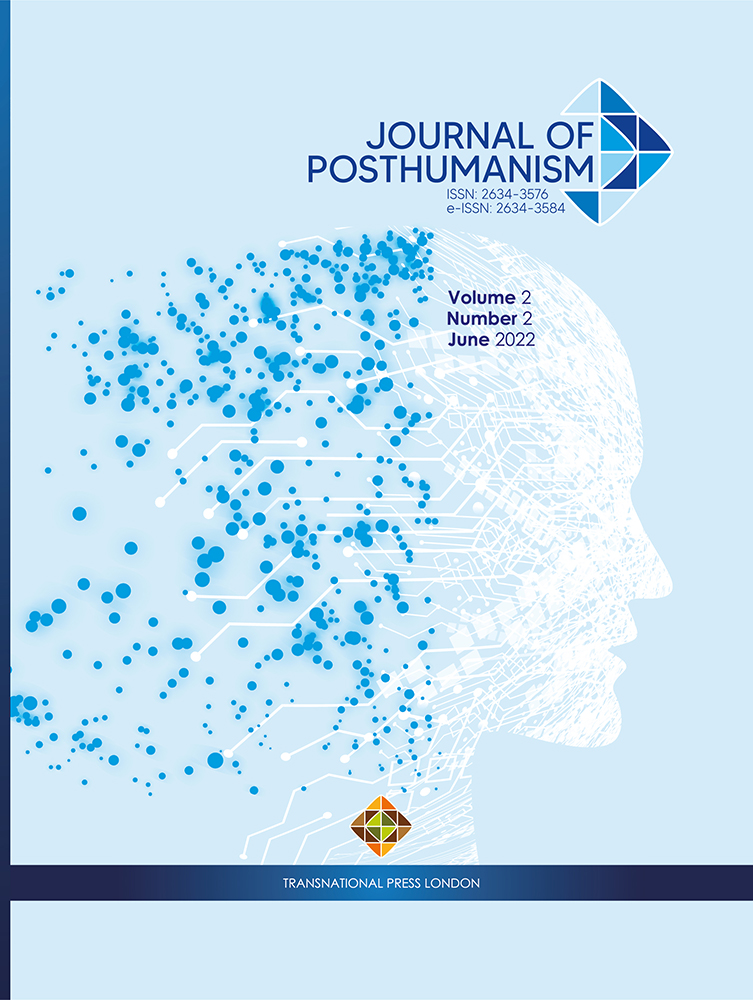Posthuman Mimétisme: Caillois, Adorno and an Aesthetics of Mimesis
Posthuman Mimétisme: Caillois, Adorno and an Aesthetics of Mimesis
Author(s): Philipp WolfSubject(s): Aesthetics, Sociology of Culture
Published by: Transnational Press London
Keywords: Mimesis; Mimétisme; Caillois; Adorno; Aesthetics; Posthumanism;
Summary/Abstract: My paper focuses on a notion of mimesis which made a lasting impression on French sociologists and surrealists of the 1930s, most notably Roger Caillois. Mimicry or mimétisme denotes an instinctive (and not always beneficial) form of assimilation to (not of) another organism or object. Interestingly enough, Caillois, was fascinated by an active “natural imagination,” diagnoses a propensity among humans to abandon themselves to the “lure” of what he calls “represented spaces”—beyond the intentional grasp of the subject. However, what mimicry “morphologically” brings about in animals may lead in humans to a “depersonalization” or loss of self. Theodor W. Adorno received Caillois’s pre-reflexive with (critical) approval, but he insisted on retaining an, albeit aesthetic, form of reflexivity, without falling back into conceptual subjectivity and categorial appropriation. Aesthetic mimesis, a willing abandonment to works of art, makes possible and actuates the experience of a material, sensuous and indeterminate Other. Indeed, in an open confrontation with art, one cannot help getting immersed, even lost, in its radiating presence. “Aesthetic rationality,” then, comes precisely down to a realization of the limits of human rationality along with a— posthuman—acknowledgment of a more-than-human world beyond instrumental reason.
Journal: Journal of Posthumanism
- Issue Year: 2/2022
- Issue No: 2
- Page Range: 125-137
- Page Count: 13
- Language: English
- Content File-PDF

